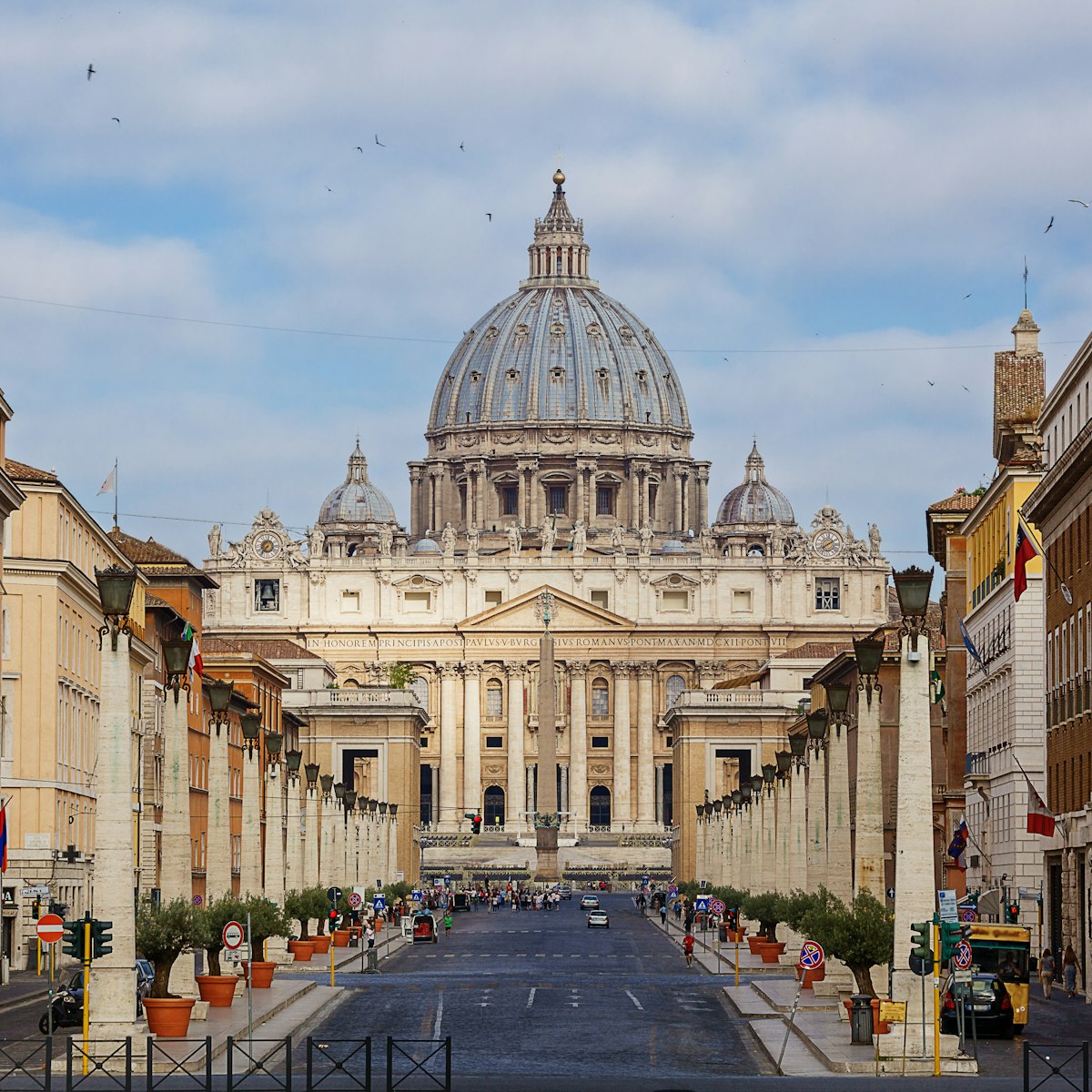The ruins of Hadrian's vast country estate, 5km outside of Tivoli proper, are quite magnificent, easily on a par with anything you'll see in Rome. Built between AD 118 and 138, the villa was one of the largest in the ancient world, encompassing more than 120 hectares, about 40 of which are now open to the public. You'll need about three hours to explore it fully.
From the entrance, a road leads 400m or so up to a pavilion where you can see a plastic model of the original villa, much of which was designed by Hadrian himself. The emperor was a great traveller and enthusiastic architect, and he based many of his ideas on buildings he'd seen around the world. The pecile, the large pool area near the walls, is a reproduction of a building in Athens. Similarly, the canopo is a copy of a sanctuary in the Egyptian town of Canopus, with a narrow 120m-long pool flanked by sculptural figures. At its head, the Serapaeum is a semi-circular nymphaeum (shrine to the water nymph) that was once used to host summer banquets. Flanking the water is the antiquarium where temporary exhibitions (adult/reduced €5/2.50) are now held.
To the northeast of the pecile, the Teatro Marittimo is one of the site's signature buildings. A circular mini-villa set in an artificial pool, this was Hadrian's personal refuge that could only be accessed by swing bridges.
To the southeast, Piazza d'Oro makes for a memorable picture, particularly in spring, when its grassy centre is cloaked in wild yellow flowers.
There are also several bath complexes, temples and barracks.
Parking (€3) is available at the site.







